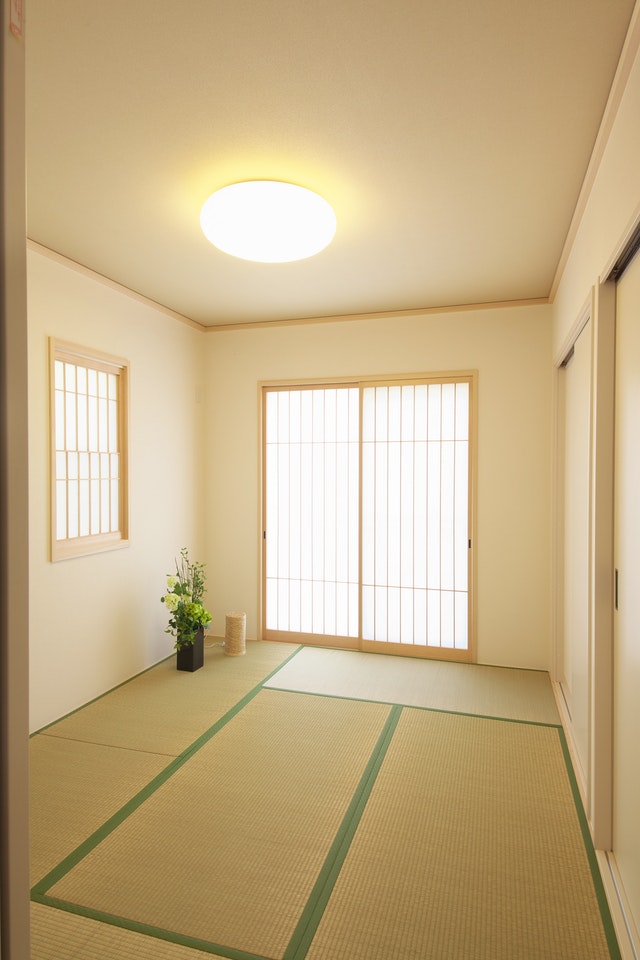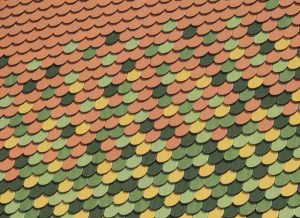Everyone loves to have a high ceiling to have more space. It also makes the rooms more visually pleasing. On the other hand, some homeowners might be more inclined towards having a low ceiling to save the cost. However, there are specific regulations that you must follow while choosing your ceiling height, especially for habitable rooms. A habitable room, as stated by building code of Australia, is defined as a place that is used for domestic activities. It will include a kitchen, living room, bedroom, dining room, TV room, family room, home theatre, playroom, study room, sewing room, and sunroom.
You can also convert any room of your home into a habitable room. However, you must make sure beforehand that it fulfils the definition of a “Habitable Room’ before jumping in. For that, it must meet the minimum ceiling height requirements in Australia. The BCA (Building Code of Australia) has laid down specifications for the ceiling that you must know to avoid any hassle later.

Here are a few specifications of ceiling heights in Australia mentioned for habitable rooms to follow.
For general habitable rooms, the minimum ceiling height in Australia for living rooms and bedrooms can be 2.4m. There is a little concession though that allows one-third of the room area to be somewhere between 2.1m ad 2.4. However, if you want to have a higher ceiling than this, you will have to pay extra money. Also, laundry, kitchen, corridor, storeroom, shower room, garage, car parking area, and hallway are the exceptions for which ceiling height can be 2.1m.
Moreover, for at least two-third area of the floor, the sloping ceiling of an attic should have the maximum height of 2.2m. If there is a staircase, you can measure the height vertically above the nosing line to ensure it is 2.0m. Any habitable room that doesn’t meet these ceiling requirements is considered to be a utility room.
The ceiling height requirements for the habitable rooms will vary depending upon the area or state. So, it is better if you hire a professional company to get assistance in choosing the standard ceiling height in Australia without getting into the complexities of legal issues.
When you have a standard code for ceiling heights of habitable rooms in your home, you can enjoy the multiple advantages it offers in terms of uniformity. On the other hand, if you have irregular ceiling heights, it might affect the aesthetics and reduce the curb appeal of the house. It will further make it difficult for you to find potential buyers in the future when you feel the need to resell the house. You might also have to meet the reconstruction needs of your home frequently. So, you will end up wasting a lot of money in the repair or replacement expenses.
So, you must know the legal ceiling requirements of habitable rooms in Australia to avoid all the inconveniences you might have to face otherwise.


